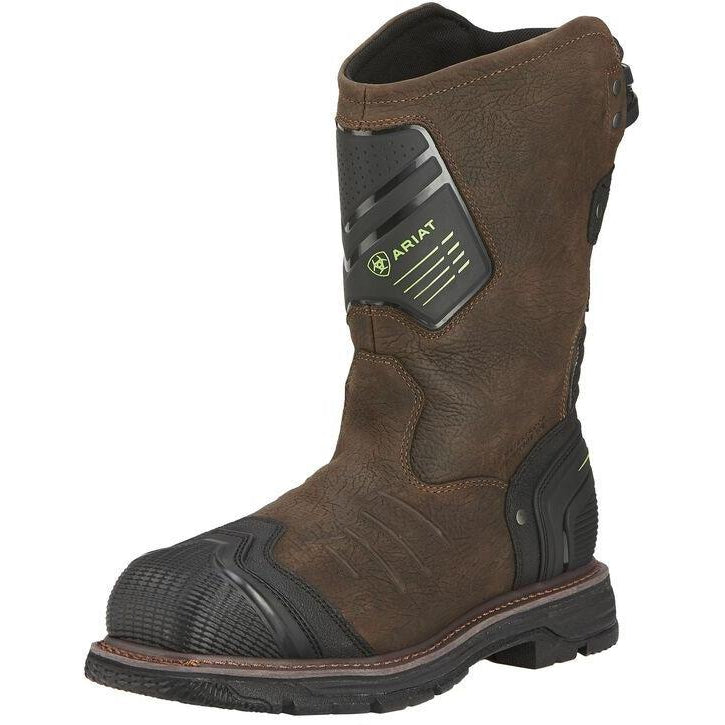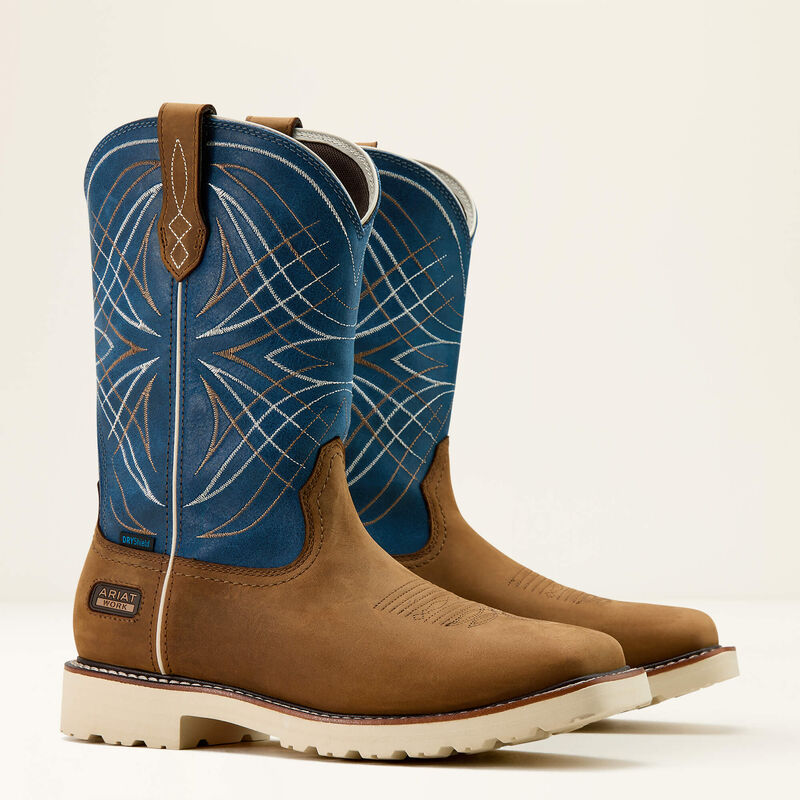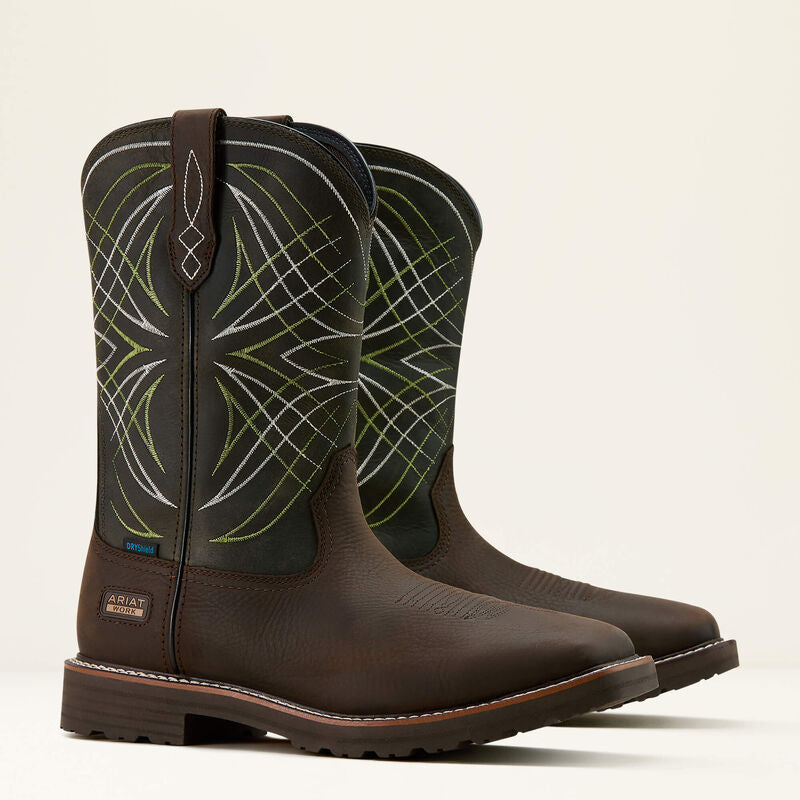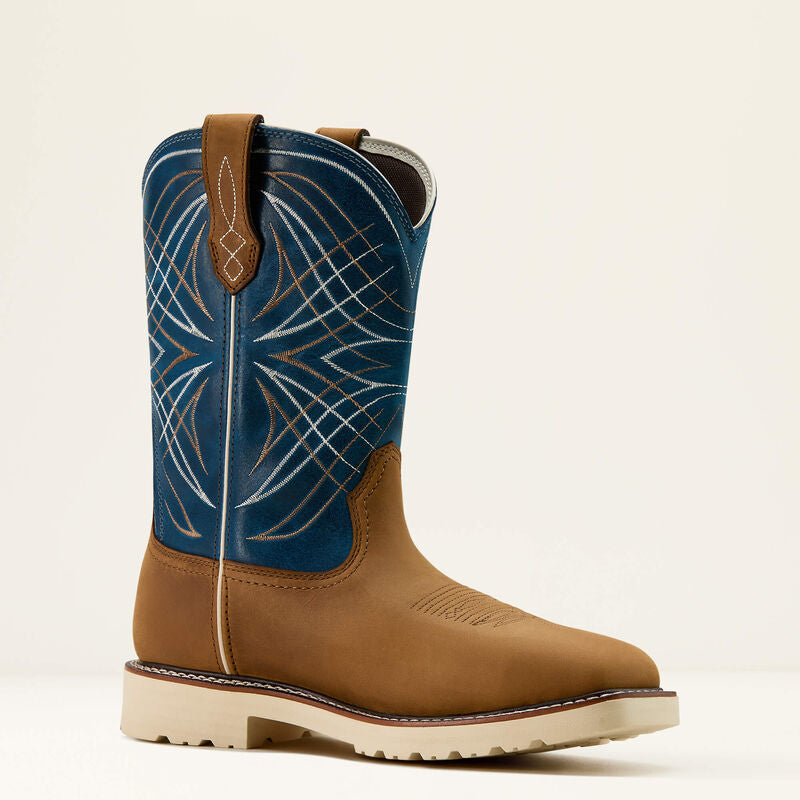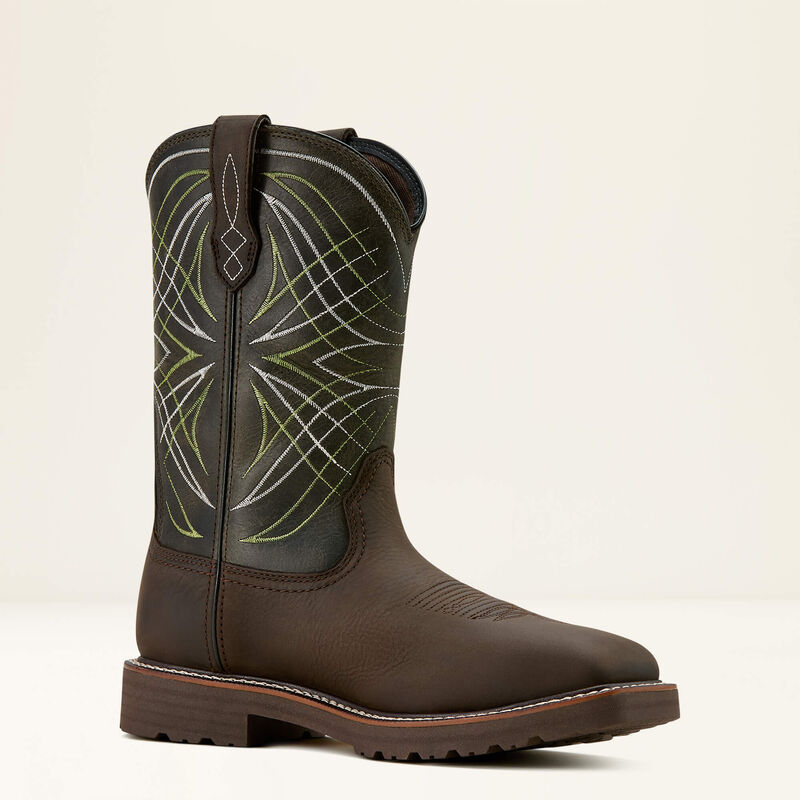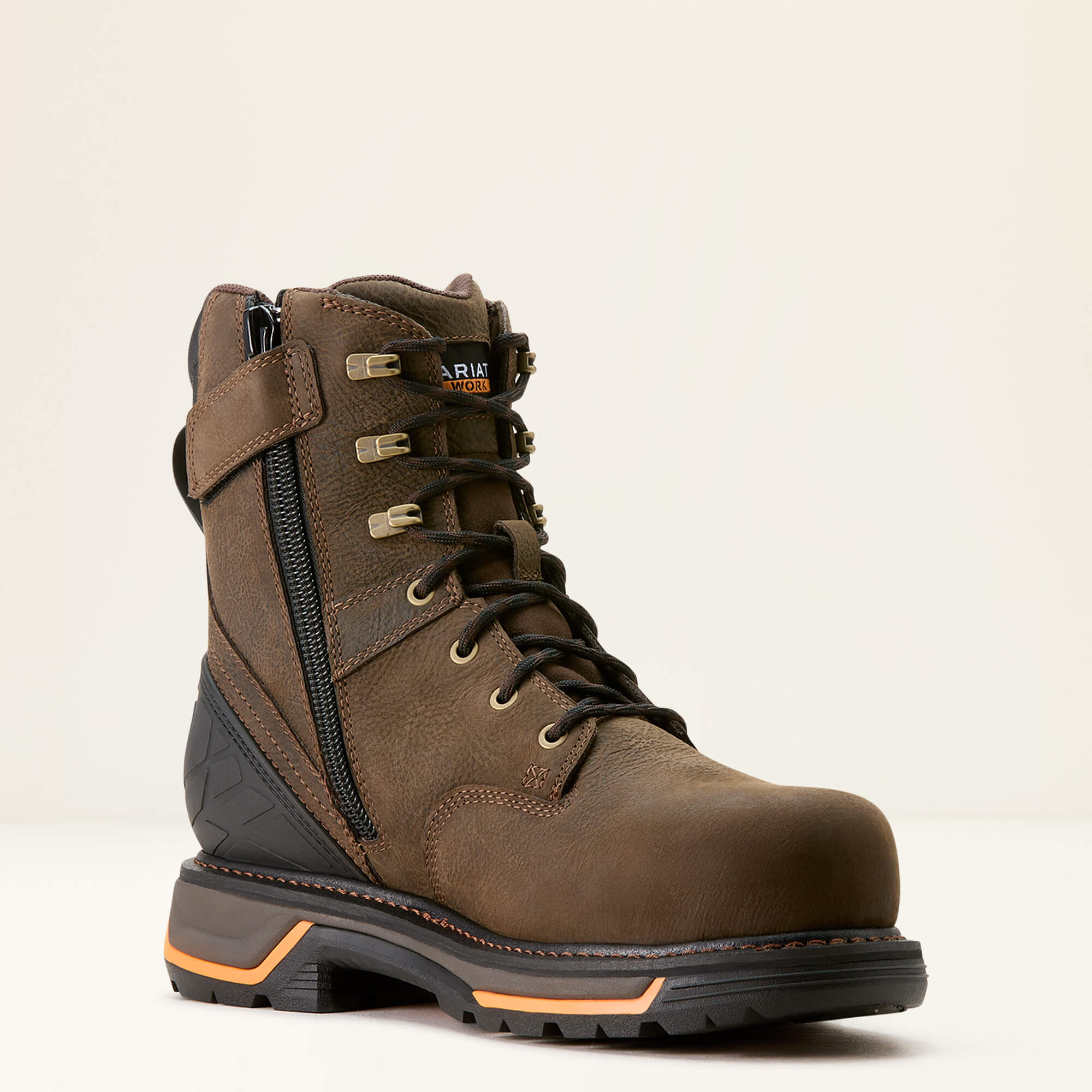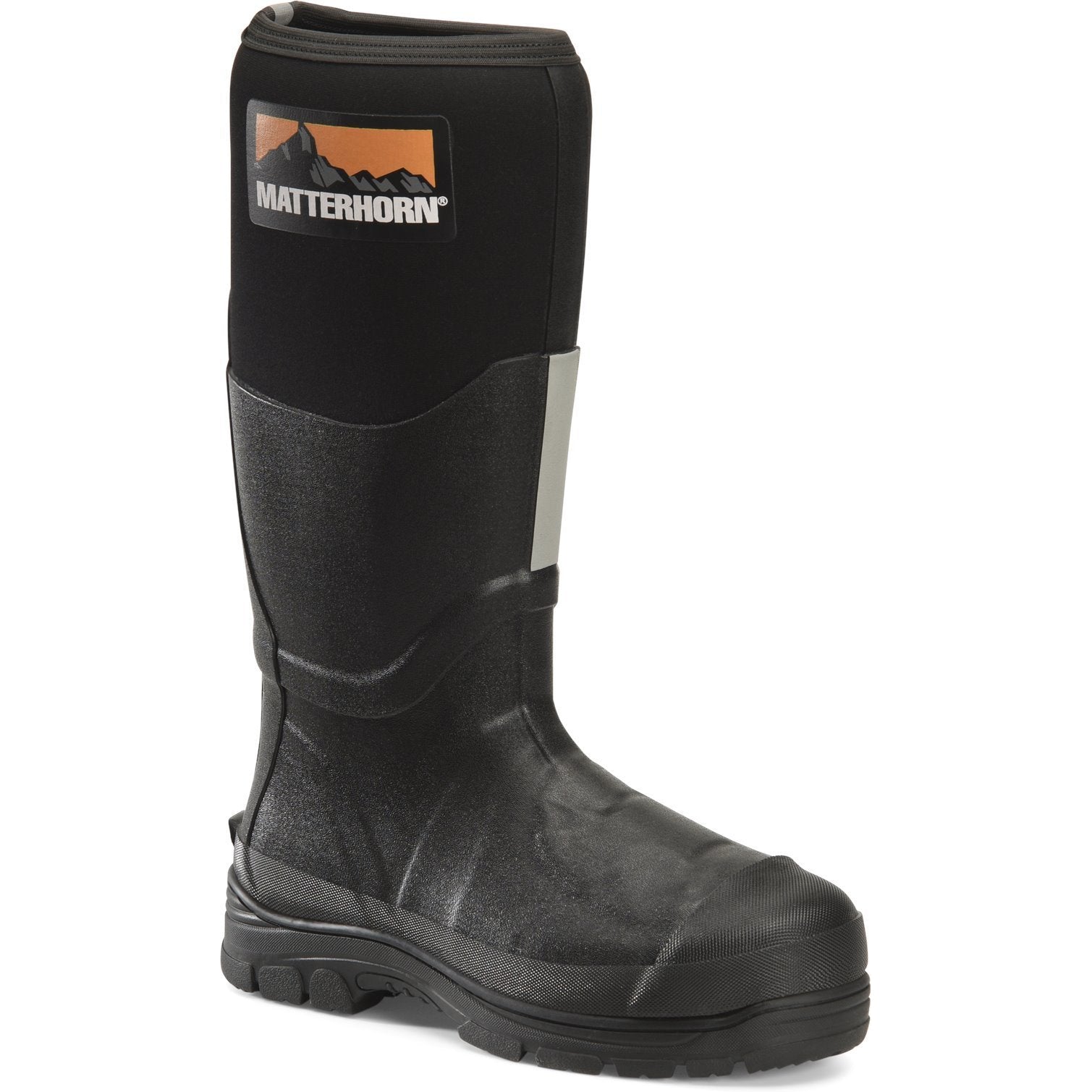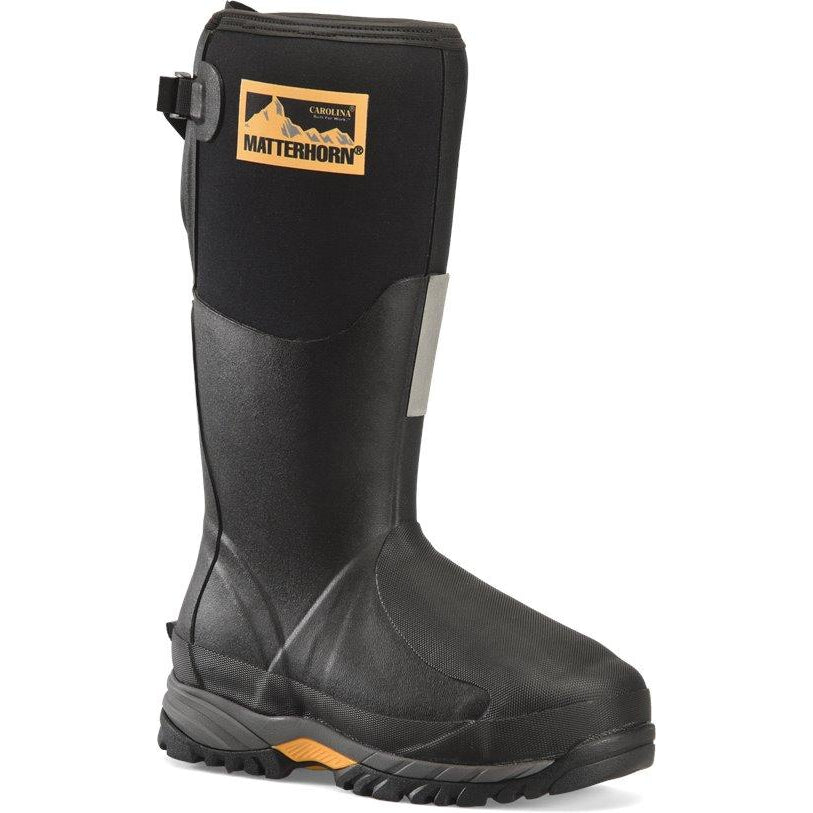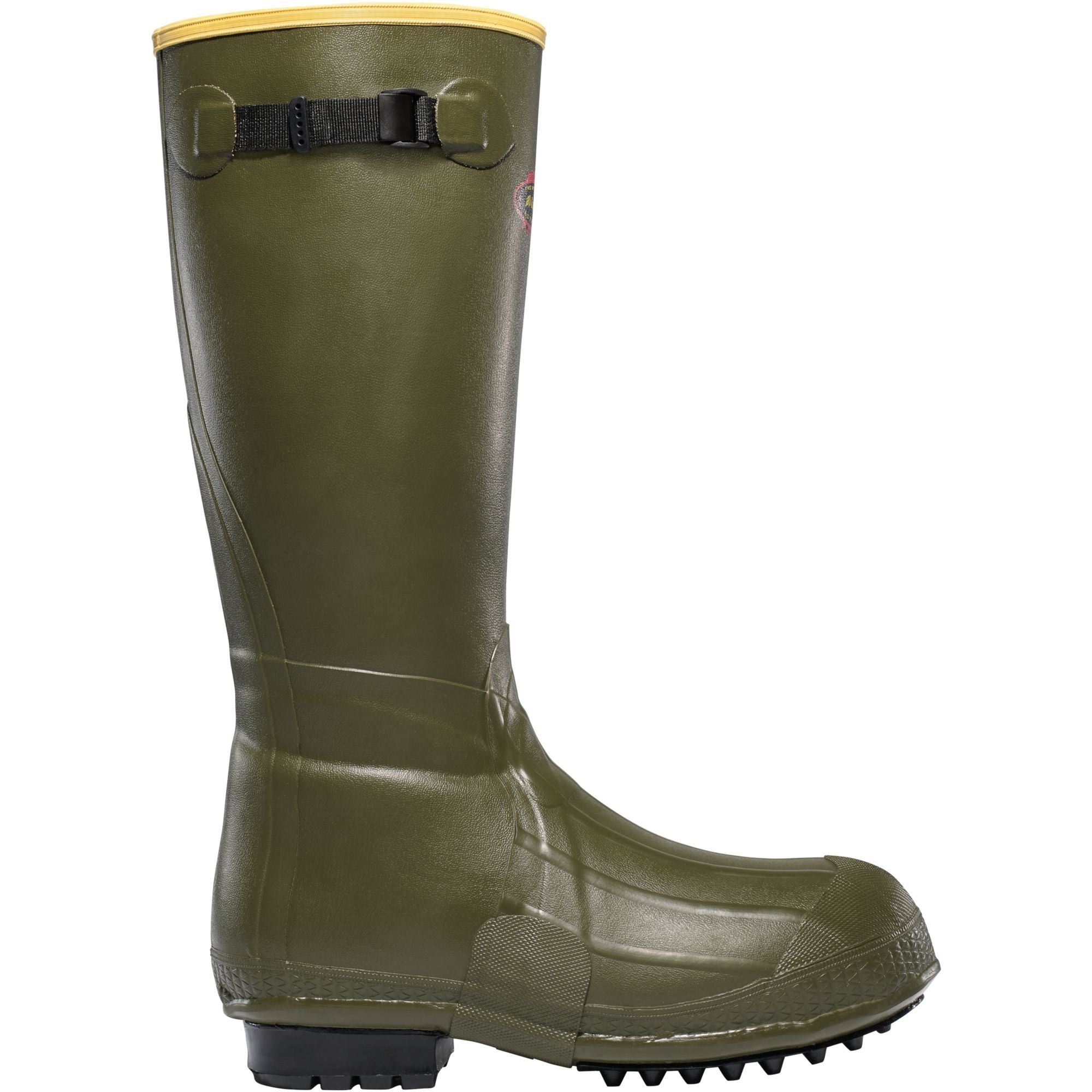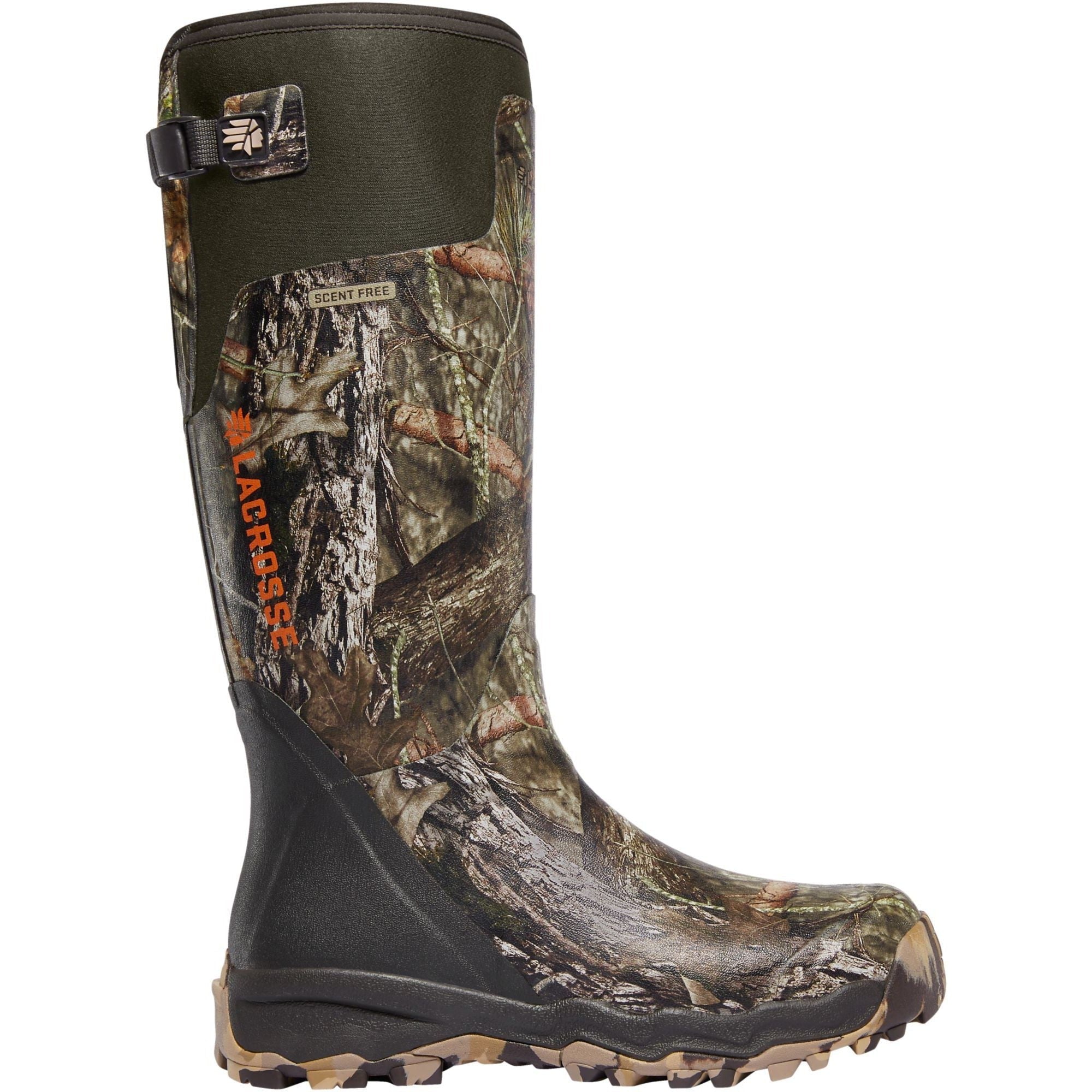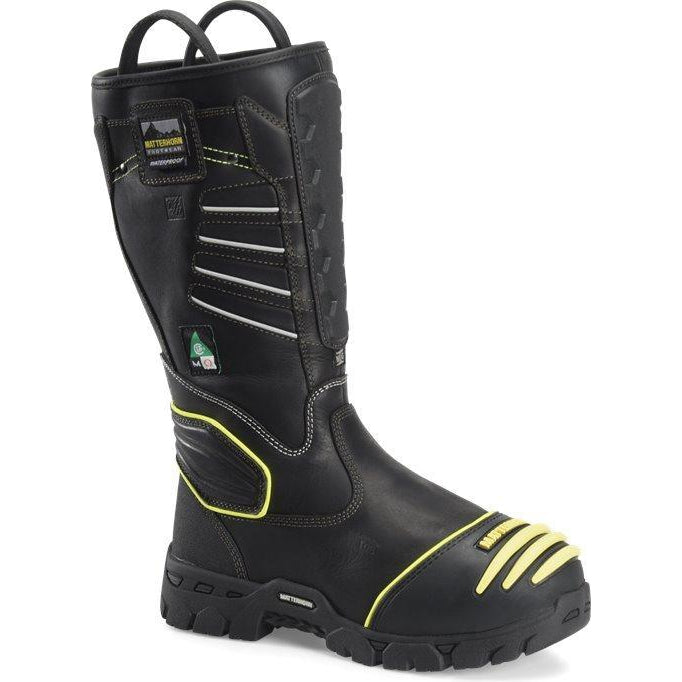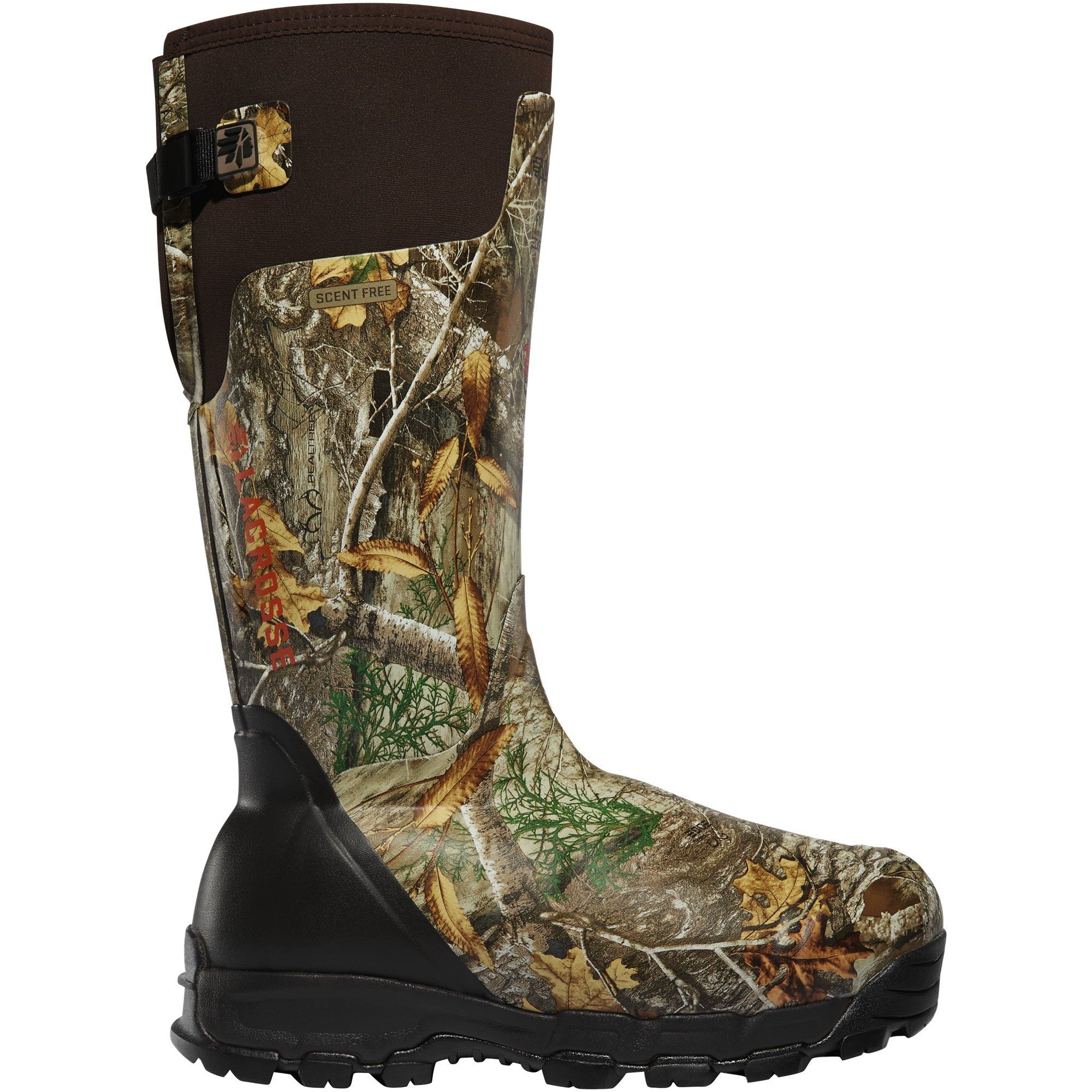Choosing the perfect pair of boots involves more than just considering the style and fit. One crucial factor to weigh is the type of sole material. Leather and rubber soles are two popular options, each with its own set of characteristics, advantages, and disadvantages.
If durability and traction are priorities, rubber boots for men & women can be an excellent choice, offering superior grip and weather resistance.
In this article, we'll explore the distinctions between leather and rubber soles, helping you choose wisely based on your needs and preferences.
Leather Soles: A Natural Material of Choice

Leather soles are crafted from a natural material, providing breathability and unparalleled comfort. The flexible nature of leather allows the sole to mold to the shape of your foot over time, giving you a personalized and comfortable fit.
This makes leather-soled shoes an excellent choice for those seeking both style and comfort. But let's check out more pros and cons of opting for leather soles.
Here's why leather soles could be a great option for you:
- Timeless Aesthetics: Leather soles are synonymous with high-quality footwear due to their classic and sophisticated appearance. The natural beauty of leather adds an element of luxury, making these soles a hallmark of premium craftsmanship.
- Craftsmanship and Durability: High-quality leather soles are often associated with well-crafted, welted shoes. The process of welting involves stitching the sole to the upper, creating a durable and long-lasting bond. This careful craftsmanship enhances the overall quality and resilience of the footwear.
- Comfort and Customization: High-quality leather soles offer superior comfort thanks to the flexibility of the material. As these soles mold to the wearer's foot over time, the fit becomes increasingly personalized, contributing to a luxurious and comfortable experience.
- Breathability and Natural Product: The use of natural materials in high-quality leather soles ensures breathability. This feature allows air circulation around the foot, preventing excessive heat and moisture buildup. The natural product aspect further highlights the commitment to quality and authenticity.
The drawbacks of leather soles might include:
- Limited Traction: Despite their high quality, leather soles may still have limitations in terms of traction, especially on slippery surfaces. And while they do become less slippery with wear, if you don't want to deal with any potential slippage at all, then rubber soles might be a better choice for you.
- Vulnerability to Water: Even in high-quality leather soles, water resistance may not be as strong as in rubber alternatives. To keep leather looking good in the rain, protective steps and regular maintenance are crucial.
- Maintenance Requirements: High-quality leather soles, while durable, do require regular maintenance to uphold their premium condition. Cleaning, conditioning, and occasional resoling may be necessary, reflecting the commitment required for maintaining top-tier footwear.
- Specialized Use: While high-quality leather soles excel in formal and dress shoes, they may not be the optimal choice for all activities. If you’re looking for versatile footwear that works in a wide range of casual or outdoor scenarios, you might prefer options with different sole materials.
Overall, the high-quality nature of leather soles is undeniable, and it contributes to the overall allure of premium footwear. Still, despite these quality features, it's important to weigh out the pros and cons and consider your needs before making the decision.
[prc-collections-carousel]
Rubber Soles: A Durable and Water-Resistant Option

Rubber soles offer both durability and practicality, making them a popular choice for many activities and everyday wear. Let's take a look into the pros and cons of rubber soles and why they've become a go-to choice for so many people.
The advantages of rubber soles include:
- Exceptional Traction: Rubber soles stand out for their excellent traction on various surfaces. The inherent grip makes them ideal for outdoor activities, sports, and everyday wear, providing stability and preventing slips even in challenging conditions.
- Durability and Resilience: One of the primary strengths of rubber soles is their durability. These soles can withstand heavy use, making them suitable for individuals with active lifestyles. The robust nature of rubber contributes to a longer lifespan for the footwear.
- Water Resistance: Rubber is naturally water-resistant, offering protection against wet weather conditions. Unlike leather soles, rubber counterparts are less susceptible to damage from exposure to rain or snow, making them a practical choice for all-weather wear.
- Low Maintenance: Rubber soles are relatively low maintenance compared to leather alternatives. They require minimal care to maintain their appearance and functionality, making them convenient for individuals who prefer fuss-free footwear.
The disadvantages are:
- Reduced Breathability: While rubber soles excel in durability and water resistance, they are generally less breathable than leather. This can cause heat and moisture buildup, potentially causing discomfort during prolonged wear, especially in warmer weather.
- Aesthetic Considerations: Some individuals may find the appearance of rubber soles less appealing for formal or dress shoes. Rubber's practicality may not match the desired look for fancier or upscale events.
- Limited Customization: Unlike leather, rubber does not naturally mold to the shape of the foot over time. This lack of customization can result in a less personalized fit, potentially affecting comfort, although advancements like memory foam insoles aim to reduce this issue.
So, while rubber soles offer numerous benefits, there are a few things to consider before making a decision. Breathability, customization options, and formality are a few factors to keep in mind when deciding if rubber soles are right for you.
[prc-collections-carousel]
Choosing the Right Sole for Your Boots: Moving Through Different Environments

When selecting work boots for men or everyday boots, understanding the terrain and surfaces you'll encounter is crucial for optimal performance and comfort. For example, here's why leather outsoles are generally great for softer ground:
- Natural Flexibility: Leather outsoles exhibit natural flexibility, making them well-suited for softer ground such as grass or forest terrain. The flexibility of leather allows for a comfortable and adaptable feel when navigating through outdoor environments.
- Breathability: Leather's breathability is advantageous in outdoor settings, promoting airflow around the foot. This feature is particularly beneficial when working or walking in natural landscapes.
When it comes to harder surfaces, rubber soles might be a better choice:
- Impact Absorption: Rubber soles excel on hard surfaces like concrete, providing excellent shock absorption. This is crucial if you spend extended hours walking on unforgiving terrain, offering enhanced comfort and reducing fatigue.
- Durable Traction: The superior traction of rubber soles is especially valuable on hard surfaces. It ensures a secure grip, minimizing the risk of slips and enhancing stability in environments where footing may be challenging.
- Longevity on Concrete: If your work involves prolonged periods on concrete or other hard surfaces, rubber sole boots are highly recommended. The durability of rubber can withstand the wear and tear associated with constant contact with unyielding ground.
In summary, the choice between leather and rubber soles depends on the specific demands of your daily activities. Leather outsoles shine in softer, natural environments, while rubber soles excel on hard surfaces. For formal or professional settings, the timeless appeal of leather sole boots adds a touch of elegance to your overall ensemble. Rubber soles remain a reliable choice for versatile everyday use, providing durability and adaptability across different terrains.
Find Your Perfect Boots: Final Words

Choosing between rubber and leather soles is all about what suits you best. Rubber soles are tough, water-resistant, and versatile for different places. They're the go-to for those who want durable performance.
On the flip side, leather is about quality. Leather soles can be restitched and replaced, showing off craftsmanship and lasting strength. It's a pick for those who appreciate the details and want boots they can maintain for a long time. The key is to know what fits your lifestyle.
Whether you lean towards the hardiness of rubber or the lasting quality of leather, trusted brands and reliable providers ensure top-notch soles, no matter the material. At Overlook Boots, we've got a broad selection of hiking boots, work boots, and athletic work shoes, all crafted with durable soles and high-quality materials. So, shop wisely and walk confidently in boots that match your unique journey.
